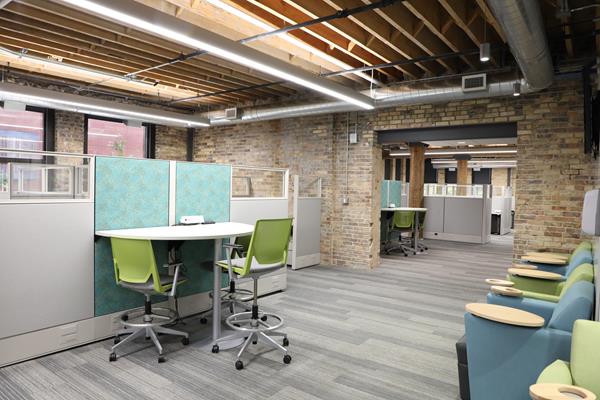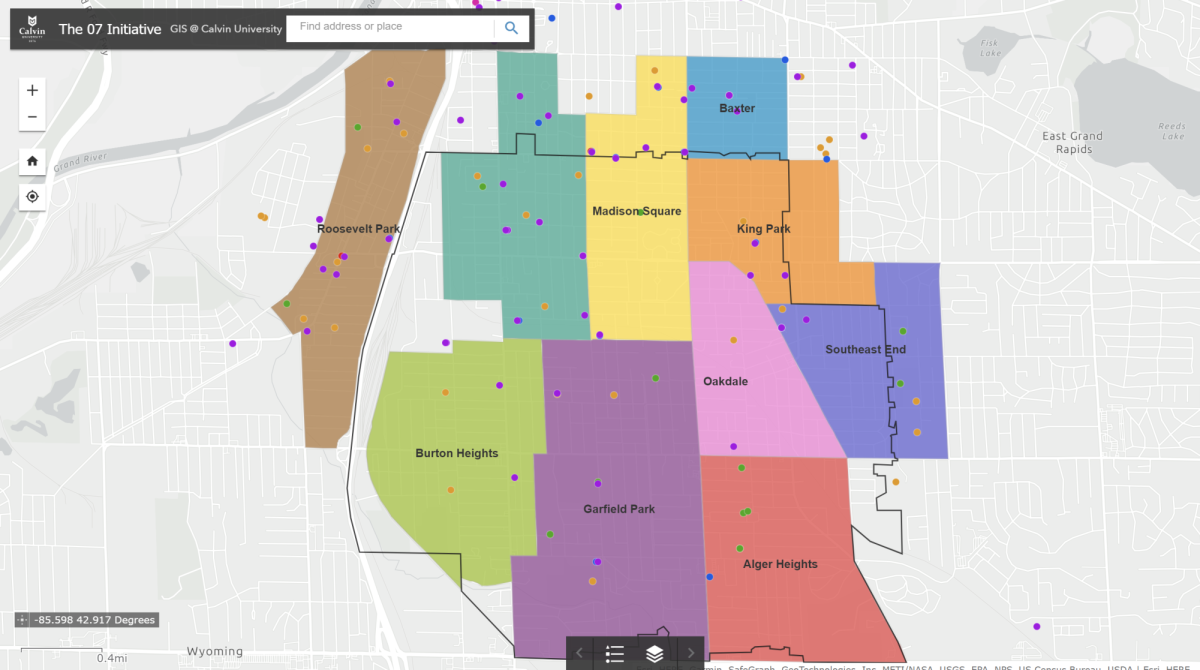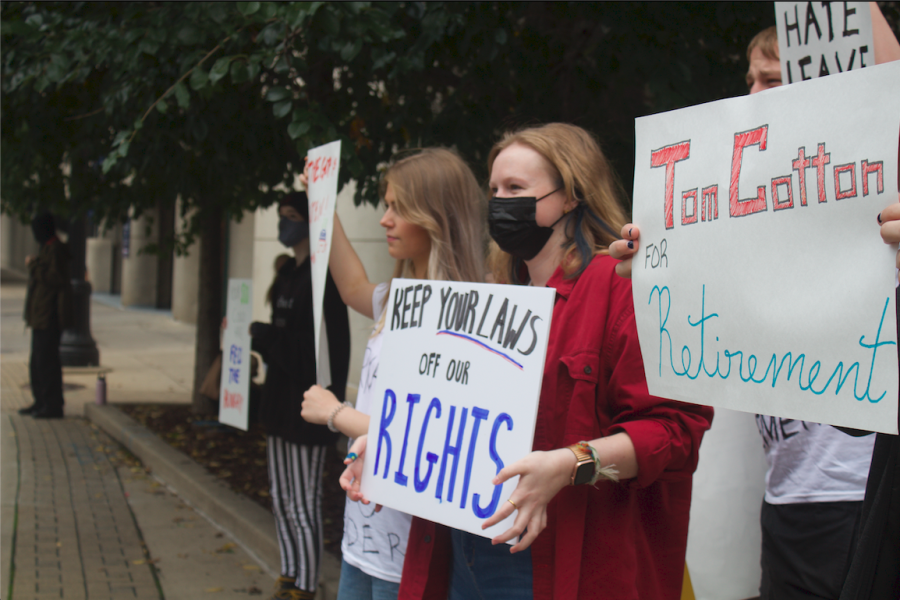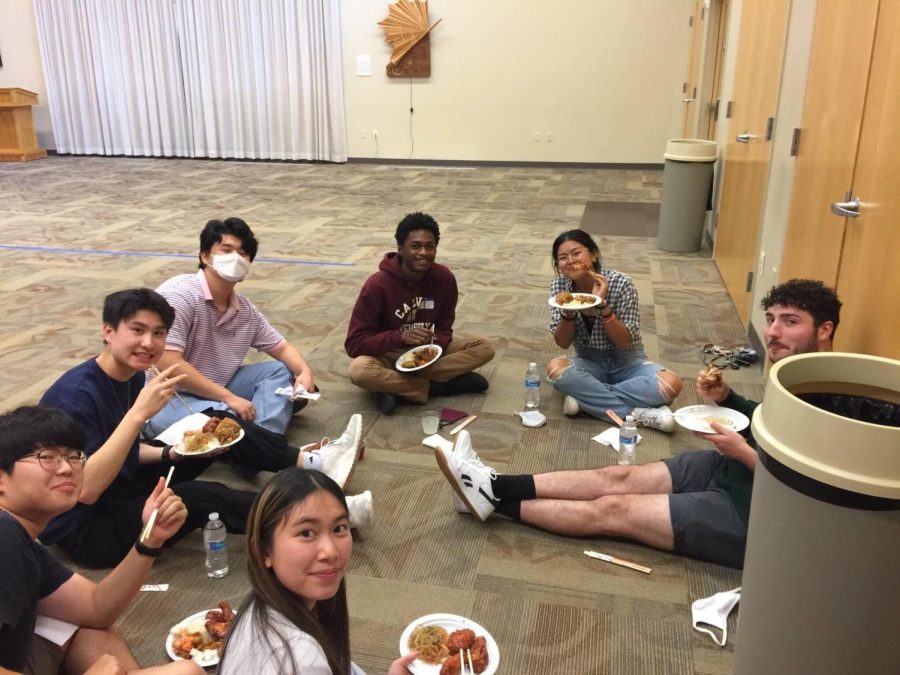Over the summer, Friends of Grand Rapids’ Parks worked tirelessly on creating Pleasant Park, a new park at the corner of Pleasant and Madison in the Heritage Hill neighborhood. From 4:30 to 7:30 p.m. on this past Tuesday and Wednesday, volunteers from all across the city joined together to plant 37 trees in the park to continue the ongoing beautification process.
The organization’s goal is for every person to be within a 10 minute walk from a park. They continually assess the reality of this goal and have plans to create more parks in different neighborhoods of Grand Rapids.
Friends of Grand Rapids’ Parks, founded in 2007, works to protect, enhance and expand parks in Grand Rapids. This organization has taken an additional interest in the city’s trees in the last three years, hosting many events and initiatives to build awareness and care for trees in the community.
The Urban Forest Project is an offshoot of this initiative, and it passionately promotes tree care and engagement with the community. Citizen foresters — specially trained neighbors with an eye for the importance of trees — join together with other neighbors to plant trees across the city.
“Trees are a public space, but they provide a public good,” said Lee Mueller, the project manager for the Urban Forest Project. “We’re not only interested in people planting trees in parks, but also privately. We’ve tried to create a diversity of ways to get involved and recognize the importance of trees.”
The Urban Forest Project has unrolled a citywide tree map, attempting to identify every tree in Grand Rapids in its location and according to its species. There are currently almost 19,000 trees identified on the map.
“When we started the tree map, we were the fifth city in the nation, as well as the smallest, to do this project,” Mueller said. “We do it to get people engaged with trees in their backyard. We want to see over time communities more and more doing their own tree plantings. This has been happening, and it shows that we are doing our job; people are beginning to understand the importance of trees.”
The project also breaks down the economic impact of the trees so that citizens will have a better understanding of the importance of trees in their neighborhoods. The economic benefits associated with greenhouse gas consumption, air quality, water and energy benefits are transferred into dollar savings amounts, which total over $2 million.
New goals for park development and tree presence in the area are set as a part of the Green Grand Rapids document, which outlines targets for sustainability. One of the goals is to have a 40 percent tree canopy over Grand Rapids, meaning that almost half of the city would be covered by trees.
Mueller is excited for the future of parks in Grand Rapids according to this plan. “People recognize the need for a park in their community that provides for their recreation,” he said, “We’re looking at new places to build parks as well as figuring out how to redevelop existing parks to meet the needs of the community.”









